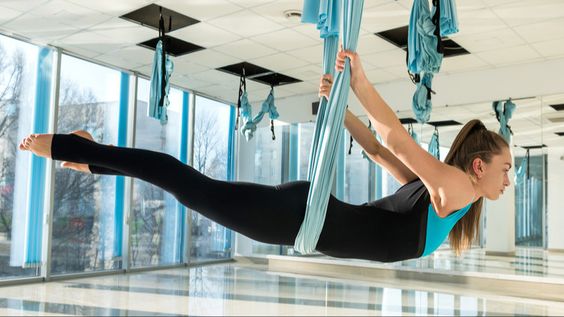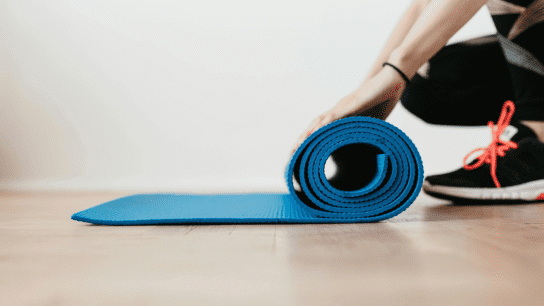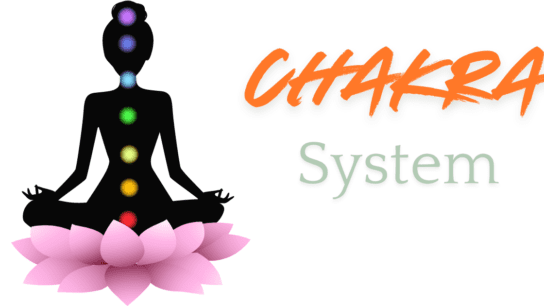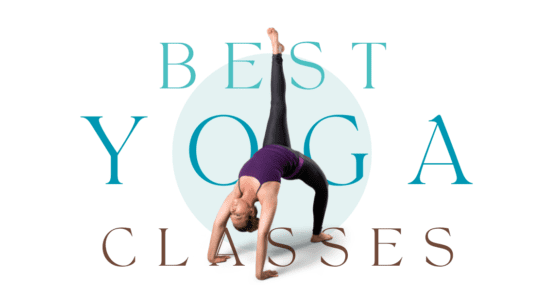In today’s fast-paced world, maintaining wellness and balance is more important than ever. While yoga is a well-known practice that many people turn to for physical and mental health, there is a vast array of other holistic wellness practices that can complement or even enhance your well-being journey. Beyond Yoga This article delves into various practices beyond yoga that can help you achieve a balanced and fulfilling life. Beyond Yoga From meditation to nutrition and alternative therapies, we’ll explore how these methods can contribute to a holistic approach to health.
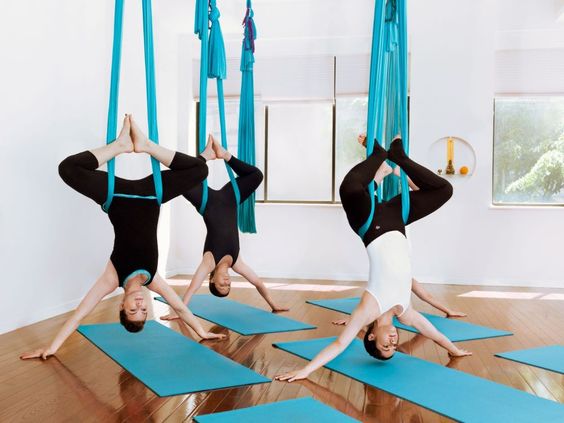
1. Meditation: Finding Inner Peace
Meditation has gained popularity as a powerful tool for mental clarity and emotional stability. While it shares some similarities with yoga in its focus on mindfulness, it stands alone as a distinct practice with numerous benefits.
Types of Meditation
- Transcendental Meditation: Involves repeating a mantra to achieve a state of restful awareness.
Benefits of Meditation
- Stress Reduction: Helps lower cortisol levels and promotes relaxation.
- Improved Focus: Enhances concentration and cognitive function.
- Emotional Regulation: Assists in managing emotions and reducing anxiety.
Incorporating Meditation into Daily Life
To make meditation a part of your daily routine, start with just a few minutes each day. Find a quiet space, sit comfortably, and focus on your breath or a chosen mantra. Gradually increase the duration as you become more accustomed to the practice.
2. Nutrition: Beyond Yoga Fueling Your Body with the Right Foods
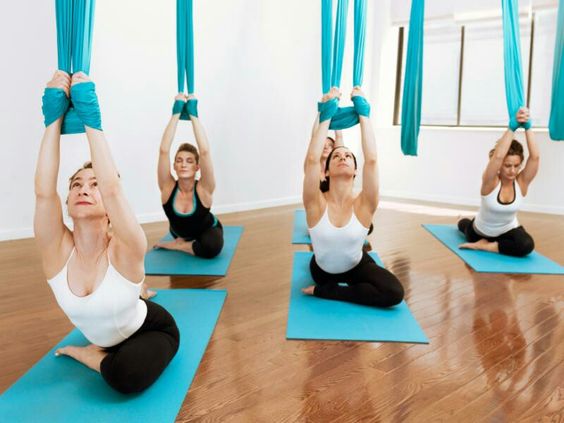
Nutrition plays a crucial role in overall wellness. While yoga can improve flexibility and strength, a balanced diet is essential for sustaining energy levels and supporting bodily functions.
Key Principles of a Balanced Diet
- Whole Foods: Emphasize fruits, vegetables, whole grains, and lean proteins.
- Hydration: Drink plenty of water to stay hydrated and support bodily functions.
- Moderation: Practice portion control and avoid excessive consumption of processed foods and sugars.
Nutritional Supplements
In addition to a healthy diet, some people benefit from nutritional supplements, such as:
- Omega-3 Fatty Acids: Support heart health and reduce inflammation.
- Probiotics: Enhance gut health and digestion.
- Multivitamins: Provide essential vitamins and minerals that may be lacking in your diet.
Creating a Balanced Meal Plan
Design your meal plan to include a variety of nutrient-dense foods. Aim for colorful plates with diverse vegetables, lean proteins, and healthy fats. Incorporate snacks that provide sustained energy, such as nuts and fruit.
3.Beyond Yoga Alternative Therapies: Exploring Holistic Healing

Alternative therapies offer additional avenues for promoting health and wellness. These practices often focus on treating the whole person rather than just symptoms.
Popular Alternative Therapies
- Acupuncture: Involves inserting thin needles into specific points on the body to balance energy and alleviate pain.
- Chiropractic Care: Focuses on adjusting the spine to improve alignment and overall health.
- Aromatherapy: Uses essential oils to promote relaxation and emotional well-being.
Benefits of Alternative Therapies
- Pain Relief: Many alternative therapies, like acupuncture and chiropractic care, can help manage and reduce pain.
- Improved Sleep: Techniques such as aromatherapy can aid in better sleep quality.
- Enhanced Mood: Practices like aromatherapy and acupuncture can contribute to improved mood and reduced stress.
Choosing the Right Alternative Therapy
To determine which alternative therapy is best for you, consider your specific needs and consult with a qualified practitioner. Research the therapy, its benefits, and any potential side effects.
4. Physical Activity: Beyond Yoga Mat
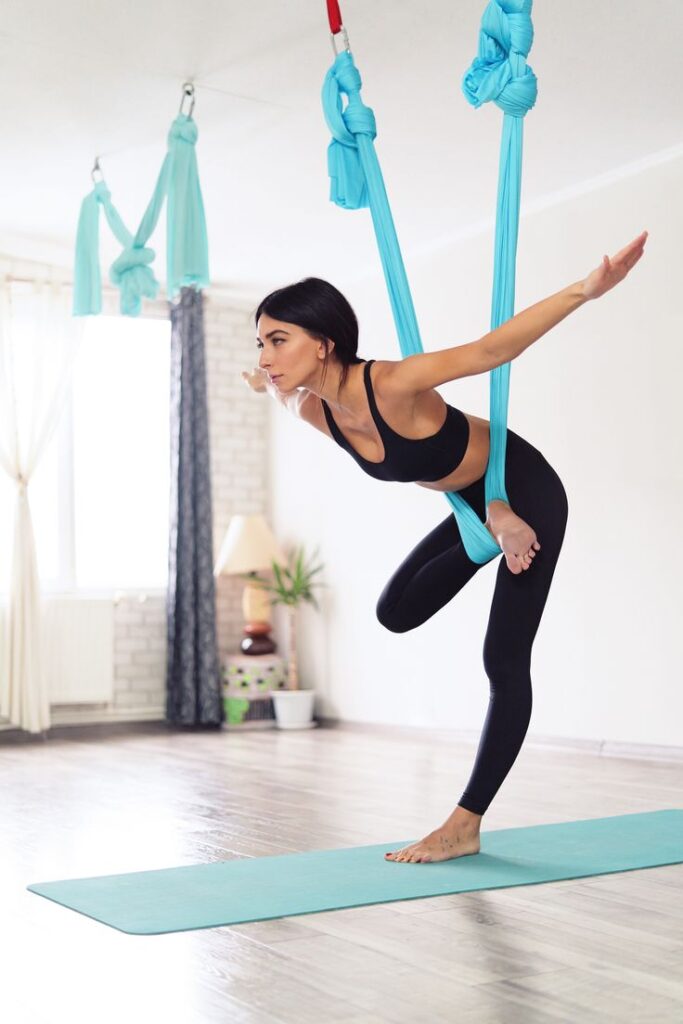
While yoga is an excellent form of exercise, incorporating a variety of physical activities can further enhance your fitness and overall well-being.
Complementary Exercises
- Cardiovascular Workouts: Activities like running, cycling, and swimming improve cardiovascular health and stamina.
- Strength Training: Weight lifting and bodyweight exercises build muscle and boost metabolism.
- Flexibility and Mobility Exercises: Pilates and stretching routines complement yoga by enhancing flexibility and joint health.
Creating a Well-Rounded Exercise Routine
Combine different types of physical activities to create a balanced workout routine. Aim for a mix of cardiovascular, strength, and flexibility exercises. This approach not only prevents boredom but also ensures that you target different aspects of fitness.
5.Beyond Yoga Mind-Body Connection: Enhancing Overall Wellness
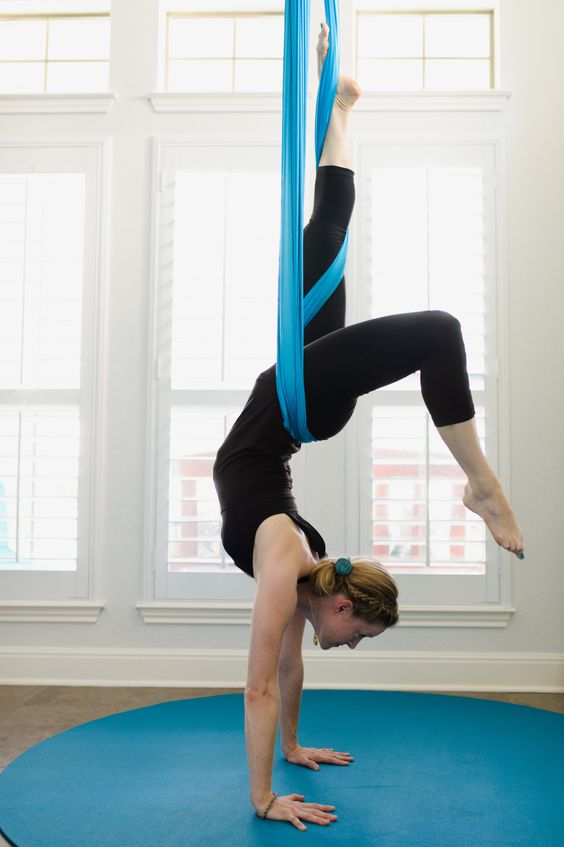
The mind-body connection is a fundamental aspect of holistic wellness. Practices that emphasize this connection can lead to improved mental and physical health.
Techniques to Strengthen the Mind-Body Connection
- Mindful Movement: Activities like tai chi and qigong combine gentle movements with focused breathing, promoting harmony between mind and body.
- Visualization: Use guided imagery to create mental pictures of relaxation and healing.
- Journaling: Reflective writing can help process emotions and set intentions for personal growth.
Benefits of Strengthening the Mind-Body Connection
- Reduced Stress: Mind-body practices can lower stress levels and promote relaxation.
- Enhanced Self-Awareness: Cultivates a deeper understanding of your thoughts, emotions, and physical sensations.
- Improved Emotional Well-Being: Supports emotional resilience and mental clarity.
6. Sleep: The Foundation of Wellness Beyond Yoga
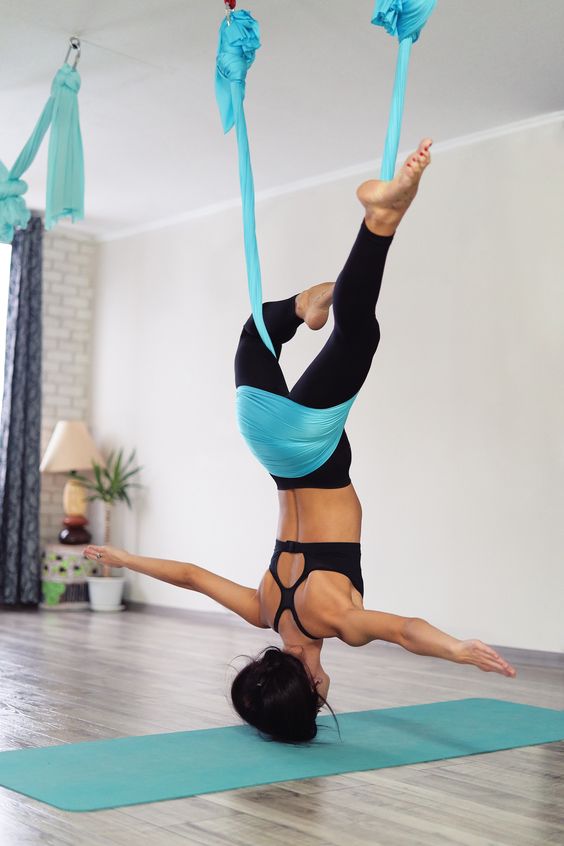
Quality sleep is essential for overall health and well-being. Adequate rest supports physical recovery, mental clarity, and emotional balance.
Tips for Better Sleep
- Establish a Sleep Routine: Go to bed and wake up at the same time each day.
- Create a Sleep-Friendly Environment: Keep your bedroom cool, dark, and quiet.
- Limit Screen Time: Avoid electronic devices at least an hour before bedtime to reduce blue light exposure.
Addressing Sleep Issues
If you struggle with sleep problems, consider consulting a healthcare professional. They can help identify underlying issues and recommend appropriate treatments or lifestyle changes. Click
7. Beyond Yoga Stress Management: Techniques for a Calmer Life

Managing stress is crucial for maintaining overall wellness. While yoga can help reduce stress, additional techniques can further support a calm and balanced life.
Effective Stress Management Techniques Beyond Yoga
- Deep Breathing: Practice deep breathing exercises to activate the body’s relaxation response.
- Progressive Muscle Relaxation: Involves tensing and then relaxing different muscle groups to alleviate tension.
- Time Management: Organize tasks and set realistic goals to reduce feelings of overwhelm.
Incorporating Stress Management into Your Routine Beyond Yoga
Integrate stress management techniques into your daily life by setting aside time for relaxation and self-care. Experiment with different methods to find what works best for you.
8.Beyond Yoga Social Connections: Building a Supportive Network
Strong social connections contribute to emotional well-being and overall health. Building and maintaining positive relationships can enhance your quality of life.
Benefits of Social Connections
- Emotional Support: Friends and family provide a support system during challenging times.
- Increased Happiness: Positive social interactions can boost mood and overall happiness.
- Better Health Outcomes: Social connections are linked to improved health and longevity.
Cultivating Meaningful Relationships Beyond Yoga
Focus on nurturing existing relationships and seeking new connections through social activities, community events, and support groups. Prioritize quality over quantity in your social interactions.
9. Personal Growth: Embracing Continuous Learning
Personal growth involves ongoing self-improvement and learning. Embracing new experiences and challenges can lead to a more fulfilling and balanced life.
Ways to Foster Personal Growth
- Set Goals: Establish personal and professional goals that align with your values and aspirations.
- Pursue Hobbies: Engage in activities that bring joy and satisfaction.
- Seek New Experiences: Step out of your comfort zone to explore new interests and opportunities.
Benefits of Personal Growth
- Increased Confidence: Achieving personal goals can boost self-esteem and confidence.
- Enhanced Resilience: Facing new challenges builds resilience and adaptability.
- Greater Life Satisfaction: Personal growth leads to a sense of accomplishment and fulfillment.
10. Environmental Wellness: Creating a Positive Living Space
Your environment plays a significant role in your overall well-being. Creating a positive and nurturing living space can enhance your quality of life.
Tips for Improving Environmental Wellness
- Declutter Your Space: Keep your living area organized and free of unnecessary items.
- Incorporate Natural Elements: Add plants, natural light, and soothing colors to create a calming atmosphere.
- Promote Clean Air: Use air purifiers and ensure proper ventilation to maintain a healthy indoor environment.
Creating a Wellness-Centric Home
Design your home to support your wellness goals. Choose furnishings and decor that promote relaxation, and create dedicated spaces for activities like meditation, exercise, and relaxation.
Conclusion
Beyond yoga, there are numerous holistic wellness practices that can help you achieve a balanced and fulfilling life. From meditation and nutrition to alternative therapies and stress management techniques, exploring these practices allows you to tailor your wellness journey to your individual needs and preferences. By integrating a variety of approaches, you can create a comprehensive and personalized path to well-being. Embrace the diversity of holistic practices and discover how they can contribute to a more harmonious and healthy life.
FAQs: Exploring Holistic Wellness Practices Beyond Yoga
1. What are some holistic wellness practices other than yoga?
Holistic wellness encompasses various practices aimed at achieving overall balance and health. Besides yoga, you can explore:
- Meditation (e.g., mindfulness, transcendental, loving-kindness)
- Nutrition (e.g., balanced diet, supplements)
- Alternative Therapies (e.g., acupuncture, chiropractic care, aromatherapy)
- Physical Activities (e.g., cardiovascular workouts, strength training, flexibility exercises)
- Mind-Body Connection Techniques (e.g., tai chi, visualization, journaling)
- Sleep Improvement Strategies (e.g., establishing a sleep routine, creating a sleep-friendly environment)
- Stress Management Techniques (e.g., deep breathing, progressive muscle relaxation)
- Social Connections (e.g., building supportive relationships)
- Personal Growth (e.g., setting goals, pursuing hobbies)
- Environmental Wellness (e.g., decluttering, incorporating natural elements)
2. How does meditation benefit mental health?
Meditation offers several mental health benefits, including:
- Stress Reduction: Lowers cortisol levels and induces relaxation.
- Improved Focus: Enhances concentration and cognitive function.
- Emotional Regulation: Helps manage emotions and reduces anxiety.
3. What are some essential elements of a balanced diet?
A balanced diet should include:
- Whole Foods: Fruits, vegetables, whole grains, and lean proteins.
- Hydration: Plenty of water to stay hydrated.
- Moderation: Control portions and limit processed foods and sugars.
4. How can alternative therapies complement traditional medical treatments?
Alternative therapies can:
- Manage Pain: Techniques like acupuncture can alleviate pain.
- Improve Sleep: Methods such as aromatherapy can enhance sleep quality.
- Boost Mood: Therapies like aromatherapy and acupuncture can improve emotional well-being.
5. What types of physical activities can complement yoga?
To complement yoga, consider incorporating:
- Cardiovascular Workouts: Running, cycling, swimming.
- Strength Training: Weight lifting, bodyweight exercises.
- Flexibility and Mobility Exercises: Pilates, stretching routines.
6. How can I strengthen the mind-body connection?
You can strengthen the mind-body connection through:
- Mindful Movement: Tai chi, qigong.
- Visualization: Guided imagery for relaxation and healing.
- Journaling: Reflective writing to process emotions and set intentions.
7. What are some tips for improving sleep quality?
To improve sleep quality:
- Establish a Sleep Routine: Consistent bed and wake times.
- Create a Sleep-Friendly Environment: Cool, dark, and quiet bedroom.
- Limit Screen Time: Avoid electronic devices an hour before bed.
8. What are effective stress management techniques?
Effective techniques include:
- Deep Breathing: Activate the body’s relaxation response.
- Progressive Muscle Relaxation: Tense and relax muscle groups to alleviate tension.
- Time Management: Organize tasks and set realistic goals.
9. How can I build supportive social connections?
To build supportive social connections:
- Nurture Existing Relationships: Spend quality time with friends and family.
- Seek New Connections: Engage in social activities and community events.
- Prioritize Quality: Focus on meaningful and supportive interactions.
10. What are some ways to foster personal growth?
Ways to foster personal growth include:
- Setting Goals: Establish personal and professional goals.
- Pursuing Hobbies: Engage in activities that bring joy.
- Seeking New Experiences: Explore new interests and opportunities.
11. How can I improve my living environment for better wellness?
To improve your living environment:
- Declutter: Keep your space organized and free of unnecessary items.
- Incorporate Natural Elements: Add plants, natural light, and soothing colors.
- Promote Clean Air: Use air purifiers and ensure proper ventilation.
12. How do I choose the right alternative therapy for me?
To choose the right alternative therapy:
- Assess Your Needs: Identify specific health concerns or goals.
- Research Therapies: Learn about the benefits and potential side effects.
- Consult Practitioners: Seek advice from qualified practitioners in the chosen field.
13. Can meditation be practiced alongside yoga?
Yes, meditation can complement yoga by enhancing mindfulness, relaxation, and overall mental clarity. Integrating both practices can provide a more comprehensive approach to wellness.
14. How often should I practice these holistic wellness techniques?
The frequency of practice can vary based on personal preference and goals. Aim for:
- Meditation: Daily, even for a few minutes.
- Exercise: Several times a week, incorporating various activities.
- Healthy Eating: Consistently, with mindful choices.
- Stress Management: Regularly, as needed.
15. Are there any potential side effects of alternative therapies?
Alternative therapies generally have few side effects, but some may include:
- Acupuncture: Minor bruising or soreness at needle sites.
- Chiropractic Care: Temporary discomfort or stiffness.
- Aromatherapy: Allergic reactions to certain essential oils.
Always consult with a healthcare professional before starting any new therapy.
16. How can I effectively integrate these practices into a busy lifestyle?
To integrate holistic practices into a busy lifestyle:
- Set Realistic Goals: Start with small, manageable changes.
- Create a Routine: Schedule time for activities like meditation and exercise.
- Be Flexible: Adapt practices to fit your schedule and needs.
By addressing these frequently asked questions, you can better understand and implement holistic wellness practices beyond yoga, leading to a more balanced and fulfilling life.
For More information Click Here

